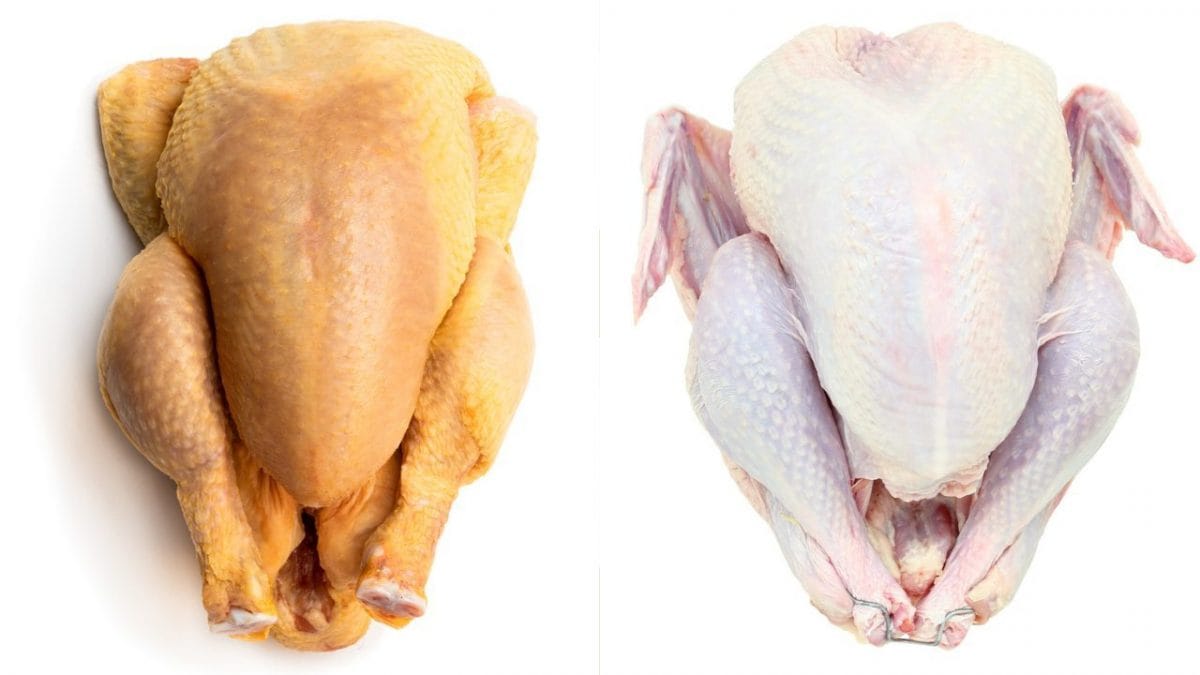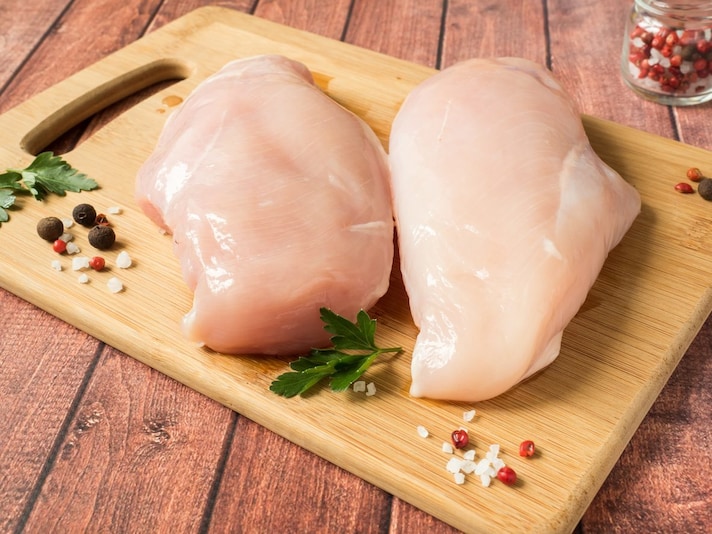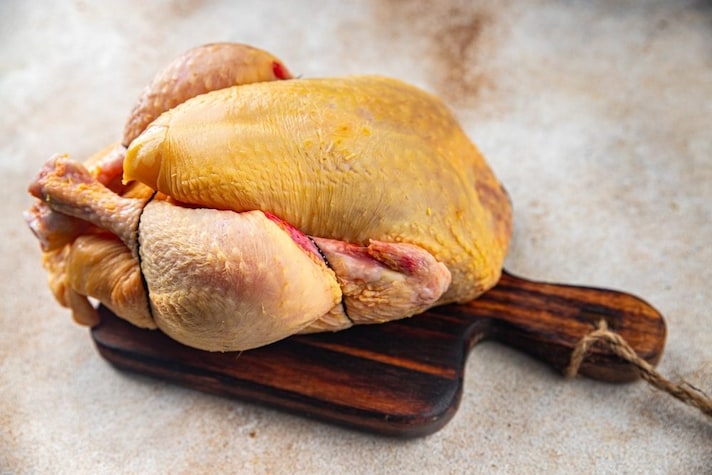
It often happens at the supermarket or at the butcher's to find yourself faced with a "color dilemma": why can chicken meat be yellow or white-pink? The factors on which the change in color depends are many and concern above all the food the animals are fed. The different pigmentation leads to the thought that there are differences in quality that involve the types in relation to flavor and consistency, but also in terms of health, therefore trying to understand whether it is better to buy the lighter product or the yellowish one. We can say it right away: the shade is not alone an indicator of value and the label remains the most reliable compass to verify what we are eating.
What Are The Differences Between Yellow Chicken and White Chicken?
Due to its versatility, chicken meat is one of the most popular in the kitchen. Compared to the cuts used for many recipes, the breast is undoubtedly among the most loved, and it is precisely here that the difference in color is clearly noticed. Let's see what it is due to and what it means.
Diet
The first variable that particularly affects the color of chicken meat is linked to its nutrition. If the diet is rich in foods that contain carotenoids (corn above all, but also fresh grass or marigold flowers), these pigments accumulate in the lipid tissues and skin, giving the typical yellowish shade. On the other hand, if the bird is given other cereals such as wheat, soy (widely used for poultry) or sorghum, it will be whiter and pinker. Carotenoids such as xanthophylls, naturally present in corn or other vegetables, can be added to the feed as food coloring.
Chicken Age and Breeding
It is generally believed that chickens that come from intensive farms are lighter in color: in reality, as we have seen, it is above all the diet that makes the difference, and corn is one of the most common cereals in all feeders. A discriminant in this sense is linked to age: broiler chickens tend to have pale meat because they are slaughtered very young (between 40 and 60 days) because they are fattened quickly to be put on the market quickly. Yellow meat could be more associated with organic farming of slow-growing breeds (from 81 days onwards), with animals that have free access to pasture and a varied diet: they have the opportunity to absorb the carotenes present in the food, thus developing a greater color.

Genetics
Among the factors that influence the characteristic pigmentation there is also the genetic line, taking into account the original color of the chicken, lighter or darker: a detail that the consumer commonly cannot trace.
Taste and Fat
The color of the meat does not affect its organoleptic qualities: there may be minimal variations in flavor, with yellow chicken having a stronger taste and white chicken being more delicate. As for lipids, however, there is a myth to dispel: yellow chicken is not fattier than white chicken, even though it may give this sensation to the eye.
Yellow Chicken and Free Range Chicken: Not The Same Thing
The term “free-range chicken” immediately evokes the image of grandma’s chicken coop, with the animals scratching around freely in the yard. What they have in common with this definition is that they are raised in the open air and fed only quality grains, which can be corn, wheat or a mix, and which are often supplemented by what the chicken finds in its explorations in search of food (including worms and insects): the constant physical activity together with a healthier diet make it a specimen appreciated in the kitchen, among the best, because the meat is more or less colored, but certainly firm, tasty and aromatic.

;Resize,width=767;)
